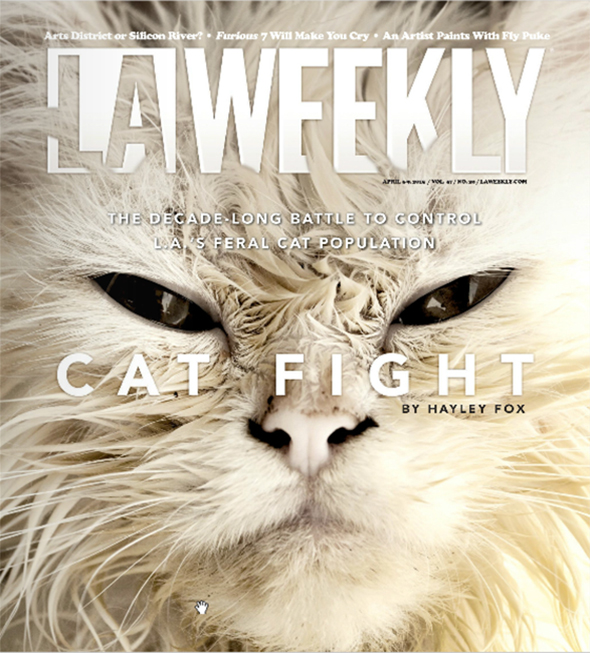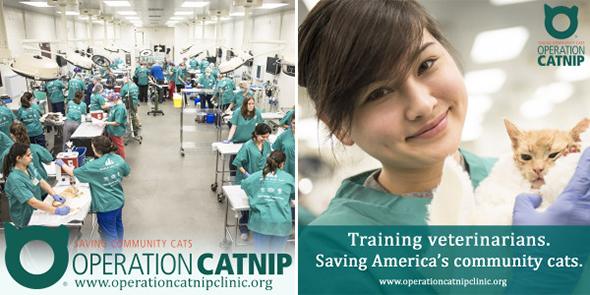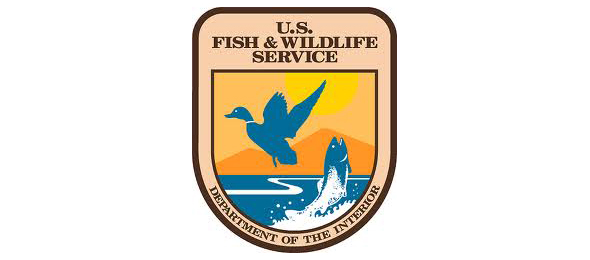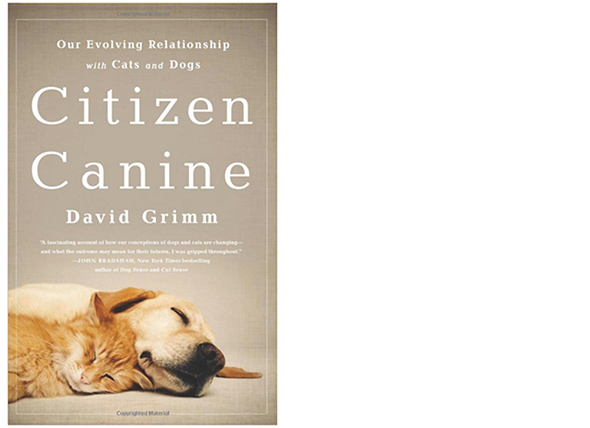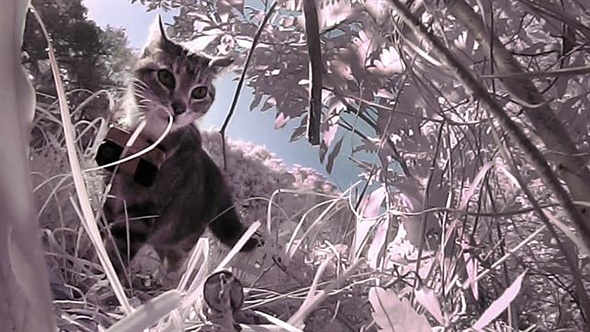
The headline from a National Geographic story posted online earlier this week created immediate buzz: “Island’s Feral Cats Kill Surprisingly Few Birds, Video Shows.” Whether or not you were actually surprised, I suppose, depends largely on how much you’ve been paying attention to the issue.
The team of researchers whose work is described in the NatGeo piece, led by the University of Georgia’s Sonia Hernandez, could—more than most—have anticipated such results. Kerrie Anne Loyd—for whom Hernandez served as PhD advisor—pioneered “KittyCam” research during her doctoral studies at UGA. And in April 2012, Loyd, discussing the results of “KittyCam 1.0” with Atlanta’s CBS affiliate, conceded, “Cats aren’t as bad as biologists thought.”
Perhaps we’re expected to be surprised again? Read more

 Hunting for cats on Marion Island. Source: unknown. (Indeed, it’s not even clear that this is truly Marion Island, although that’s certainly implied from the accompanying
Hunting for cats on Marion Island. Source: unknown. (Indeed, it’s not even clear that this is truly Marion Island, although that’s certainly implied from the accompanying 